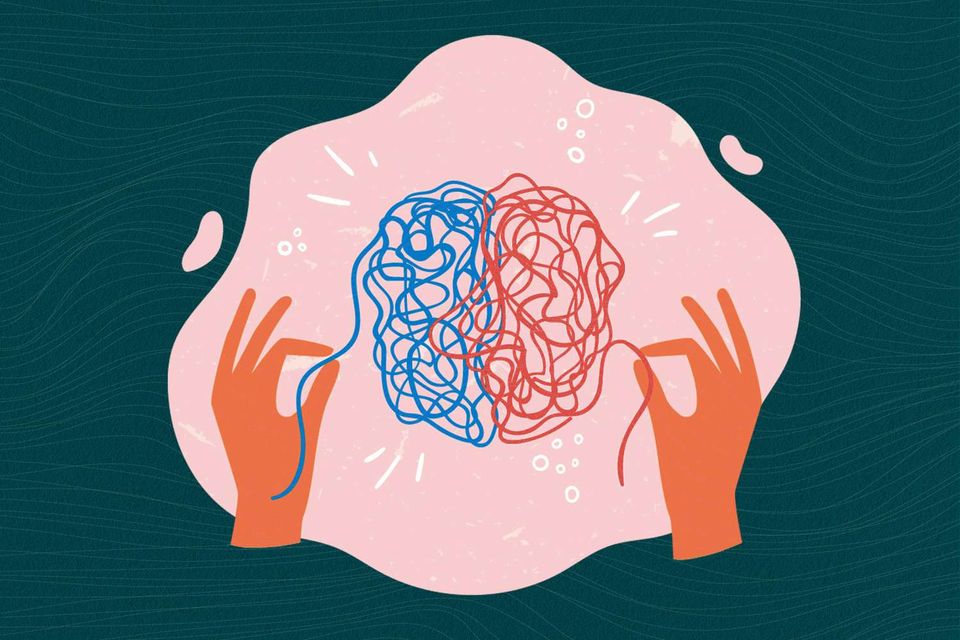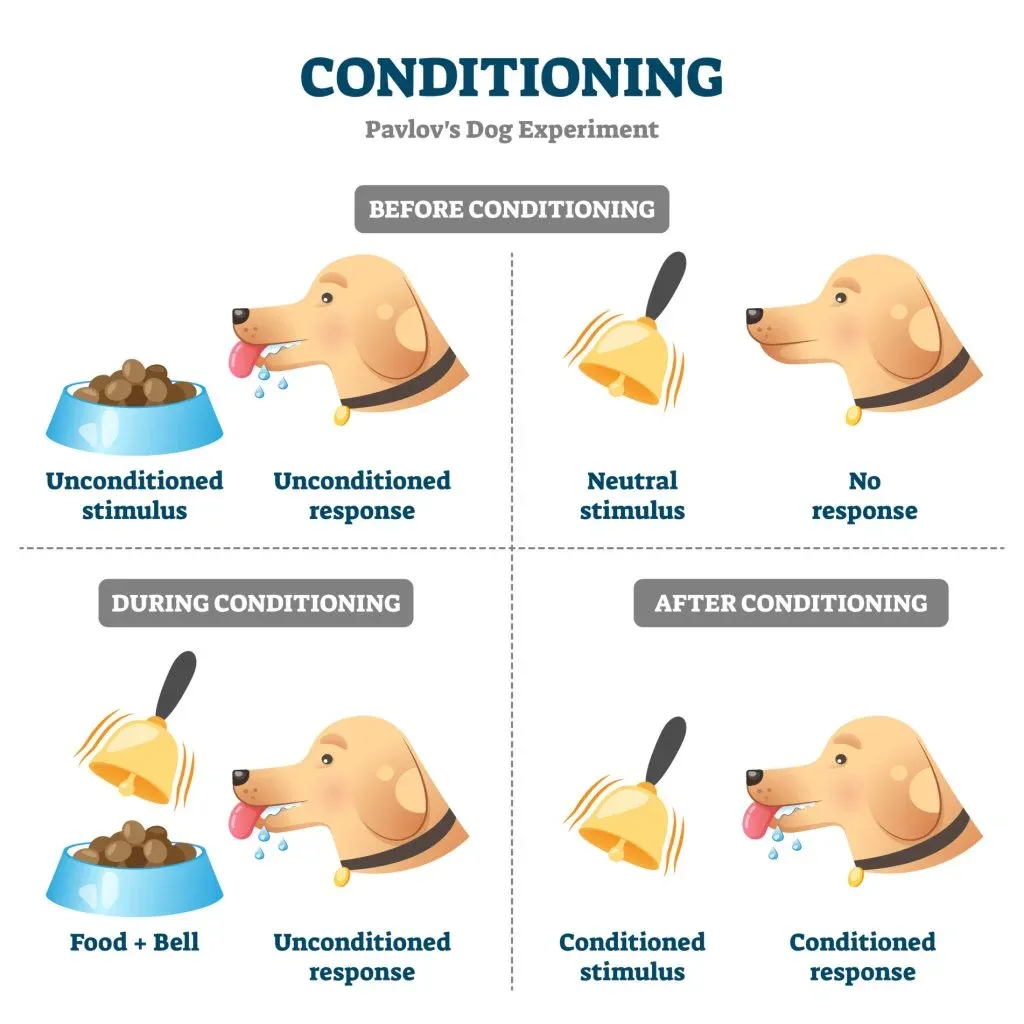The Science Behind Habits: The Unexpected Journey of Habit Formation

Ah, habits. Those pesky little routines we find ourselves doing without even realizing it. Ever heard the saying, "It takes 60 days to form a habit"?
Well, let's debunk that myth right now. I used to preach that too, but recent research and a shift in my perspective have shown me that habits can be much simpler to form or alter. All you need is a little science on your side.
The Habitual Nature of Our Lives
Before we dive deep, let's take a moment to reflect. Think about the myriad of habits you've formed without even trying. Maybe it's the pocket you always slip your keys into or the morning routine you follow religiously. From the way you leave for work, to your laundry routine, to how you put your kids to bed – habits are everywhere.
Now, you might be wondering, "If habits are so hard to form, how did I end up with so many?" The answer lies in understanding the science of habit formation.
A Little History Lesson
Remember Ivan Pavlov? The guy who made dogs drool at the sound of a bell? That's right, our journey into the science of habits starts with saliva. Pavlov's discovery, known as classical conditioning, is the foundation of understanding automatic behaviors and habits.
Pavlov's experiments were straightforward. He paired a neutral stimulus (a bell) with an unconditioned stimulus (food) that naturally and automatically triggered a salivating response in dogs.
After several pairings, the bell alone, now a conditioned stimulus, triggered the same salivating response, even without the presence of food. This phenomenon, where a previously neutral stimulus comes to evoke a conditioned response, is known as classical conditioning.

Now, let's extrapolate this to our daily lives:
- Morning Coffee Ritual: Ever noticed how just the aroma of coffee can wake you up, even before you take a sip? Originally, the caffeine in the coffee (unconditioned stimulus) naturally made you alert (unconditioned response). Over time, just the aroma (conditioned stimulus) can make you feel more awake (conditioned response).
- Phone Vibrations: Initially, receiving a message or notification (unconditioned stimulus) would lead to a feeling of importance or anticipation (unconditioned response). Now, just feeling your phone vibrate (conditioned stimulus), even if it's just a phantom vibration, can evoke that same feeling (conditioned response).
- Gym Shoes and Motivation: At the start of your fitness journey, completing a workout and feeling the endorphin rush (unconditioned stimulus) would give you a sense of accomplishment (unconditioned response). As days turn into weeks, merely seeing your gym shoes (conditioned stimulus) can instill that feeling of accomplishment and motivation to work out (conditioned response).
- Favorite Song and Memories: Remember that summer song that always played during your beach trips? The fun times at the beach (unconditioned stimulus) naturally brought joy and happiness (unconditioned response). Now, years later, whenever that song plays (conditioned stimulus), it brings back those joyful memories and feelings (conditioned response), even if you're miles away from any beach.
- Cooking Smells and Hunger: Even if you've just eaten, walking past a bakery and smelling fresh bread (conditioned stimulus) can suddenly make you feel hungry (conditioned response). Originally, eating delicious food (unconditioned stimulus) would satisfy your hunger and give pleasure (unconditioned response). The mere aroma now triggers that hunger and desire for pleasure.
Understanding these intricacies of classical conditioning provides insight into why we behave the way we do. It's fascinating to realize that many of our reactions and feelings are conditioned responses to stimuli we encounter daily.
By recognizing these patterns, we can harness this knowledge to create positive habits or change unfavorable ones.
After all, if Pavlov could make dogs salivate at the ring of a bell, imagine the potential habits and behaviors we can condition in our lives!
Creating or Changing Habits: A Step-by-Step Guide
Habits are the building blocks of our daily routines. They can either propel us towards our goals or keep us stuck in unproductive cycles.
But the good news? With a bit of understanding and intention, we can harness the power of habits to transform our lives. Let's dive deeper into each step to ensure you're well-equipped to make lasting changes.
Be Specific:
- Why It Matters: Vague goals often lead to vague results. By being specific, you set a clear path for yourself, making it easier to track progress and stay committed.
- Guidance: Instead of saying, "I want to read more," try "I'll read 10 pages of a self-help book every night before bed." This gives your goal structure and clarity.
Make It Easy:
- Why It Matters: The simpler the task, the less resistance you'll face. By reducing barriers, you increase the likelihood of consistency.
- Guidance: If your goal is to eat healthier, prep your meals in advance or keep a bowl of fresh fruit on your kitchen counter. Visual reminders can act as cues to reinforce your new habit.
Physical Actions Are Key:
- Why It Matters: Physical actions create muscle memory, making the habit more ingrained and automatic over time.
- Guidance: If you're aiming to meditate daily, create a dedicated meditation space in your home. The act of sitting in that specific spot can become a physical cue that prompts you to meditate.
Use Auditory and Visual Cues:
- Why It Matters: Our brains are wired to respond to stimuli. By associating a habit with a specific sound or sight, you create an external trigger that can prompt the desired behavior.
- Guidance: If you want to practice gratitude, set a daily alarm with a label like "List 3 things you're grateful for today." The sound, combined with the visual message, will serve as a double reminder.
Replace Old Habits with New Ones:
- Why It Matters: It's challenging to eliminate a habit without filling the void it leaves behind. By replacing an old habit with a new, positive one, you redirect your energy without feeling deprived.
- Guidance: If you're trying to reduce screen time before bed, replace the habit of scrolling on your phone with reading a physical book or journaling. This way, you're still winding down but in a more productive manner.
Habits aren't as daunting as they seem. With a touch of science and a sprinkle of determination, you can mold your behaviors to better serve you.
Choose a habit you want to form or change, apply the steps above, and observe the magic unfold. Remember, it's all about understanding the why and how of our actions. And as always, keep thriving!
Time for some self-reflection.
Identify Your Triggers:
- Question: What specific situations, times of day, or emotions tend to trigger your current habits? For instance, do you find yourself snacking when you're bored or stressed?
Analyze the Reward:
- Question: What immediate reward or satisfaction do you gain from your current habit? Does this reward align with your long-term goals or values? For example, while procrastination might offer immediate relief, does it align with your goal of productivity?
Visualize the Ideal Version of Yourself:
- Question: How does the best version of yourself behave differently from your current self? Which habits does this ideal version possess that you currently don't?
Spot the Replacement:
- Question: For every habit you wish to change, can you identify a positive habit that can take its place? For instance, if you're trying to reduce caffeine intake in the evening, what healthier beverage or activity can you replace it with?
Assess the Environment:
- Question: How does your environment (physical space, people around you, daily routines) support or hinder your current habits? What changes can you make to your surroundings to foster new, positive habits?
Remember, every journey starts with a single step – or in this case, a single habit.